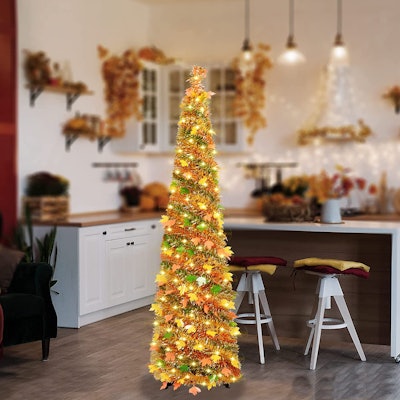why this trend is controversial |
Designing a kitchen is a big project and getting the storage right is half of the problem. With open shelving has been popping up in a lot of projects as of late it is hard to avoid wondering if they always look as good as when they are styled. Do they really stand up to the rigors of everyday life? Unfortunately, there are some downsides to open shelving that people don’t talk about.
Kitchen shelving ideas are a great option when trying to make a small space look bigger, or if you want to put your best crockery on display but, in a room so focused on function and practicality small things like dust collection and everyday organization can leave these wonderful design touches a little lacking in practicality.
Here, experts share their thoughts on the impracticalities of open shelving in a kitchen and offer alternatives if you want to achieve a similar look with less hassle.
The downsides of open shelving
Here are four reasons you may want to avoid open shelving in your kitchen.
1. They can be hard to keep organized
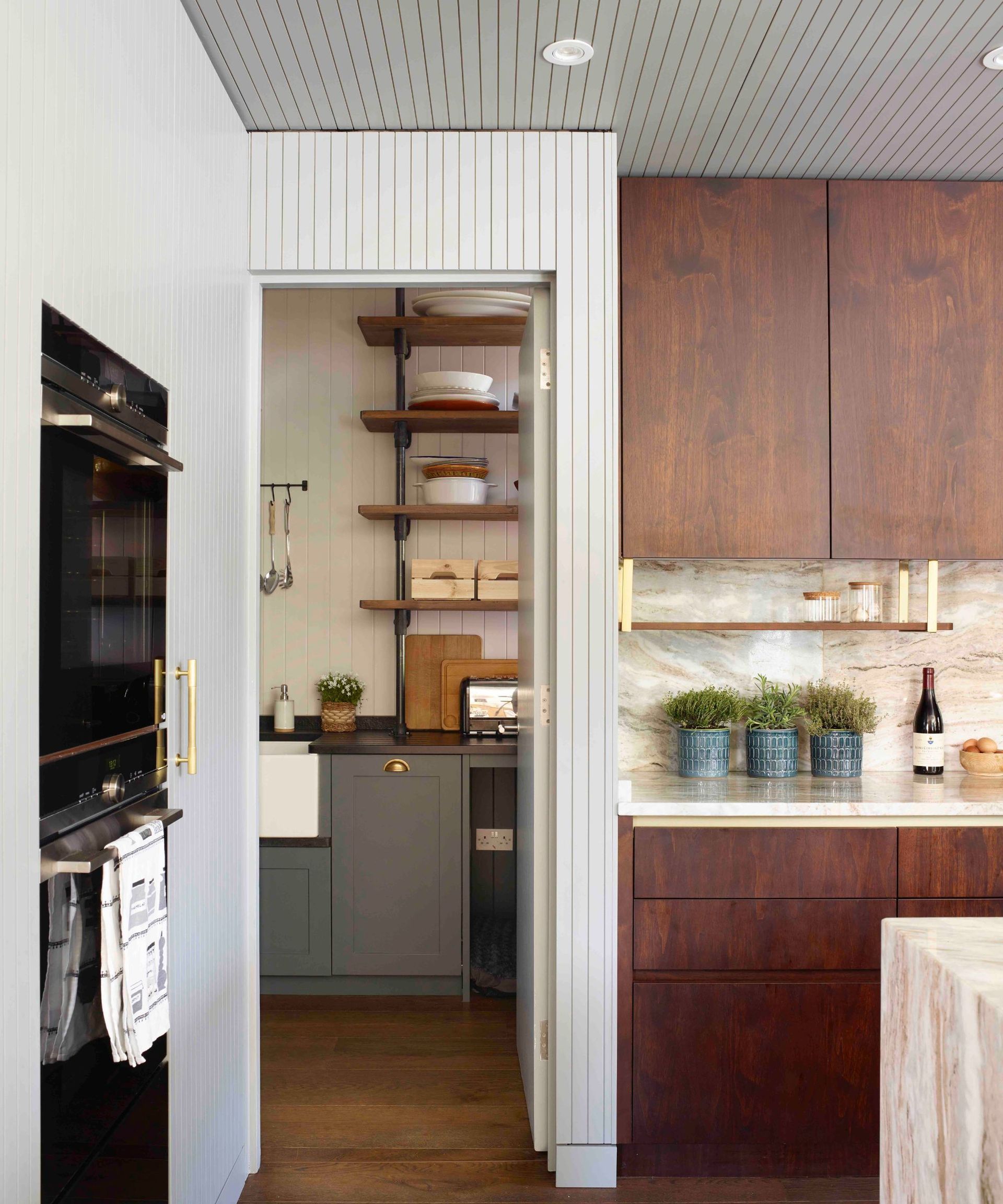
(Image credit: Cat Dal)
Unlike living room shelving ideas which can be styled and then left alone, kitchen shelving is constantly in use. Whether storing food, pans, or crockery, it is difficult to avoid moving things around.
‘Open shelving, despite looking amazing, comes with its impracticalities,’ begins explains Cat Dal, founder of CAT DAL interiors (opens in new tab). ‘Items can easily become cluttered on the shelves making them look untidy, or even fall off causing damage. Conversely, too few items on the shelves can make them look sparse – as if they are a second thought.’
If you did want to add some open shelving to a kitchen learning how to style a shelf is paramount to getting the balance of the space right.
2. They can be difficult to keep clean
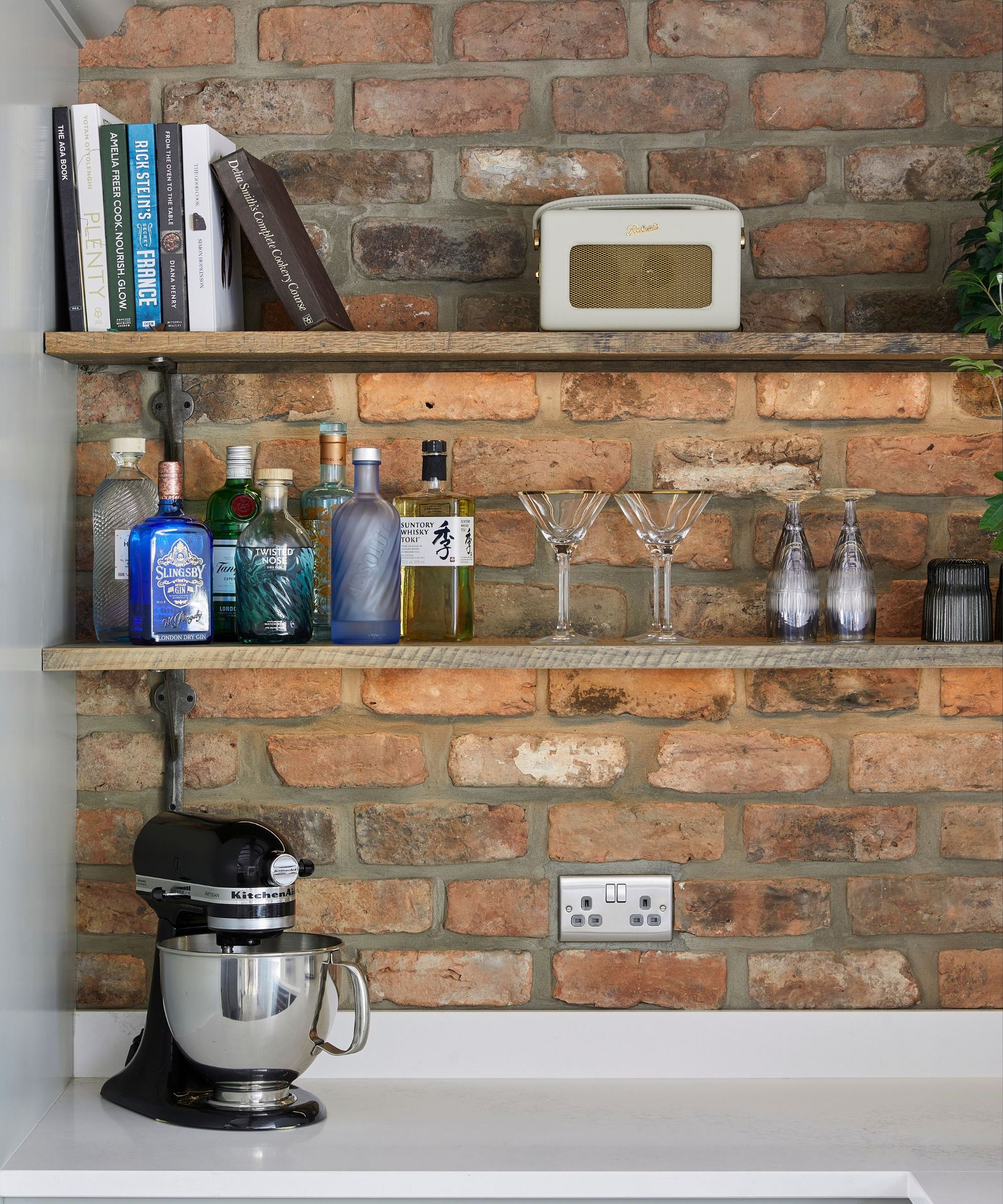
(Image credit: The Main Company)
‘When considering adding open shelves to your kitchen ideas, you have to be conscious about where you locate them in the space,’ Cat continues. ‘Placing open shelving near an extractor fan can lead to your shelving becoming too greasy, for example, and they are notoriously a pain to clean. You may also find that items on open shelving need to be cleaned more frequently, even every time you come to use them, making them impractical for grabbing a dish to go.’
‘Avoid open shelving close to the hob, as greasy display items more easily collect hard-to-shift dust and grime that sticks to the surface and objects,’ adds designer Jaye Tidbury from The Myers Touch (opens in new tab).
Given that cleaning a kitchen is most people’s least favorite chore at the best of times adding even more surfaces to keep pristine does not make the job any easier.
3. They are not the best options for storage

(Image credit: Cherie Lee)
Given that designing a kitchen is primarily about finding clever kitchen storage ideas, open shelving does not necessarily allow for the most logical organizational layout.
‘Open shelving does have its place in the kitchen if you are looking to add some personality and make a kitchen feel cozy,’ explains Cat. ‘You can decorate open shelving with art and plants so that the space feels a little less like a kitchen and more like a living space, or warm up the space with a lamp for interesting kitchen lighting ideas.
‘I would not, however, recommend using open shelving in your main kitchen as general storage for cups and plates as this can quickly look like clutter and leave your dinnerware dirty before you have had a chance to use them.’
4. Custom open shelving is not that much cheaper than cabinets
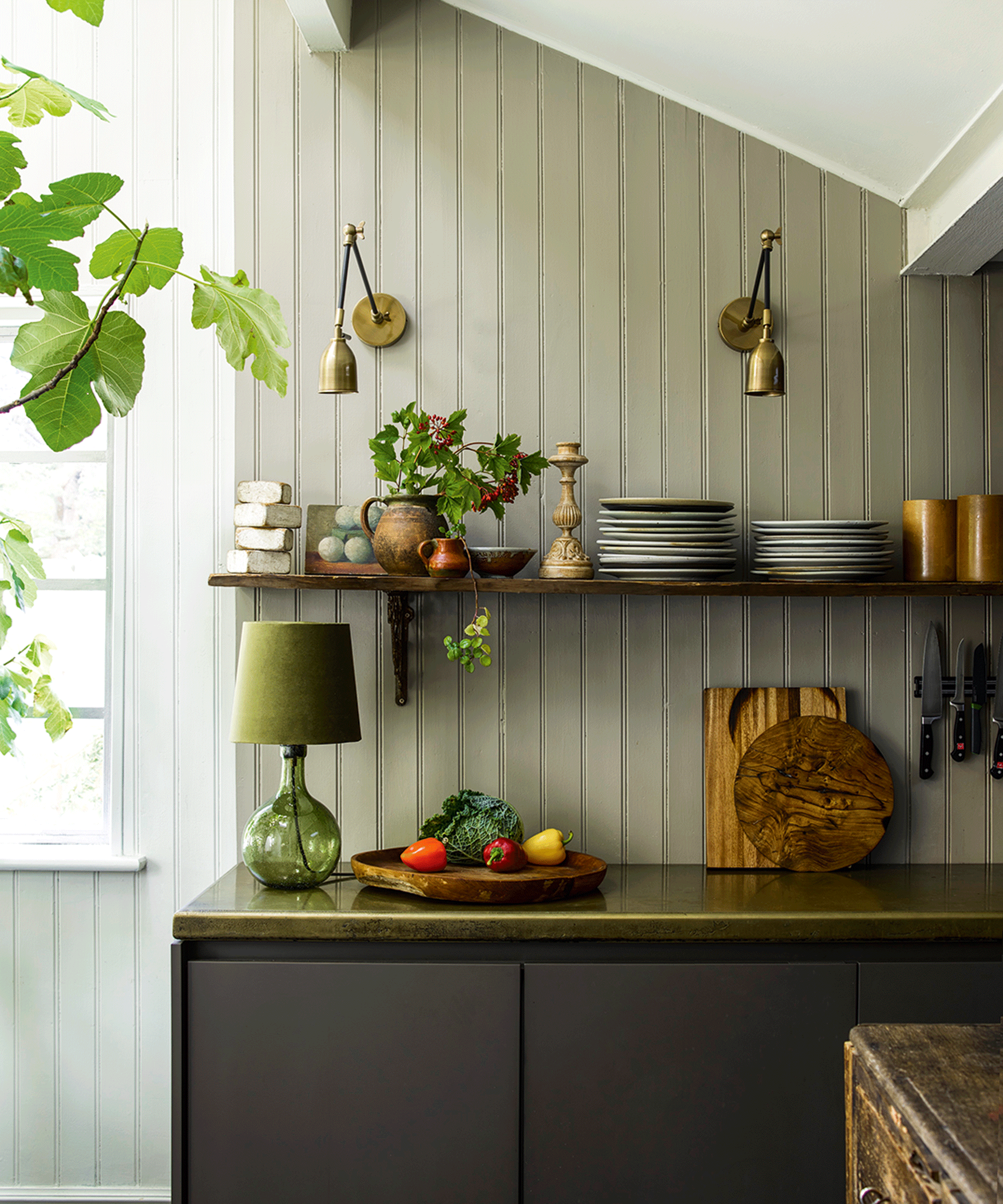
(Image credit: Maxwell Attenborough)
If you are looking to commission bespoke joinery for your kitchen, or are planning a fully customized kitchen, open shelving is sometimes looked at as a way to save some money. Despite this, bespoke shelving in the place of two or three cabinets does not work out much cheaper – and is not as likely to stand the test of time in comparison to some of the most durable kitchen cabinets.
‘Our favorite trend right now is the continued movement towards making more environmentally conscious choices. We’ve seen growing interest in our Lifetime Warranty and sustainability credentials, which is unsurprising when consumers continue to choose products that are made with quality and longevity in mind,’ explains Mor Krisher, head of design at Caesarstone (opens in new tab). ‘When money concern is high, consumers want to know that the choices they are making will be a wise investment and are therefore choosing products that are manufactured with durability and quality in mind so they can have peace of mind.’
What to use instead of open shelving in a kitchen
Luckily, there are a few options to consider in place of expansive open shelving that can provide a similar aesthetic without compromising on practicality.
1. Decide on a decorative french dresser
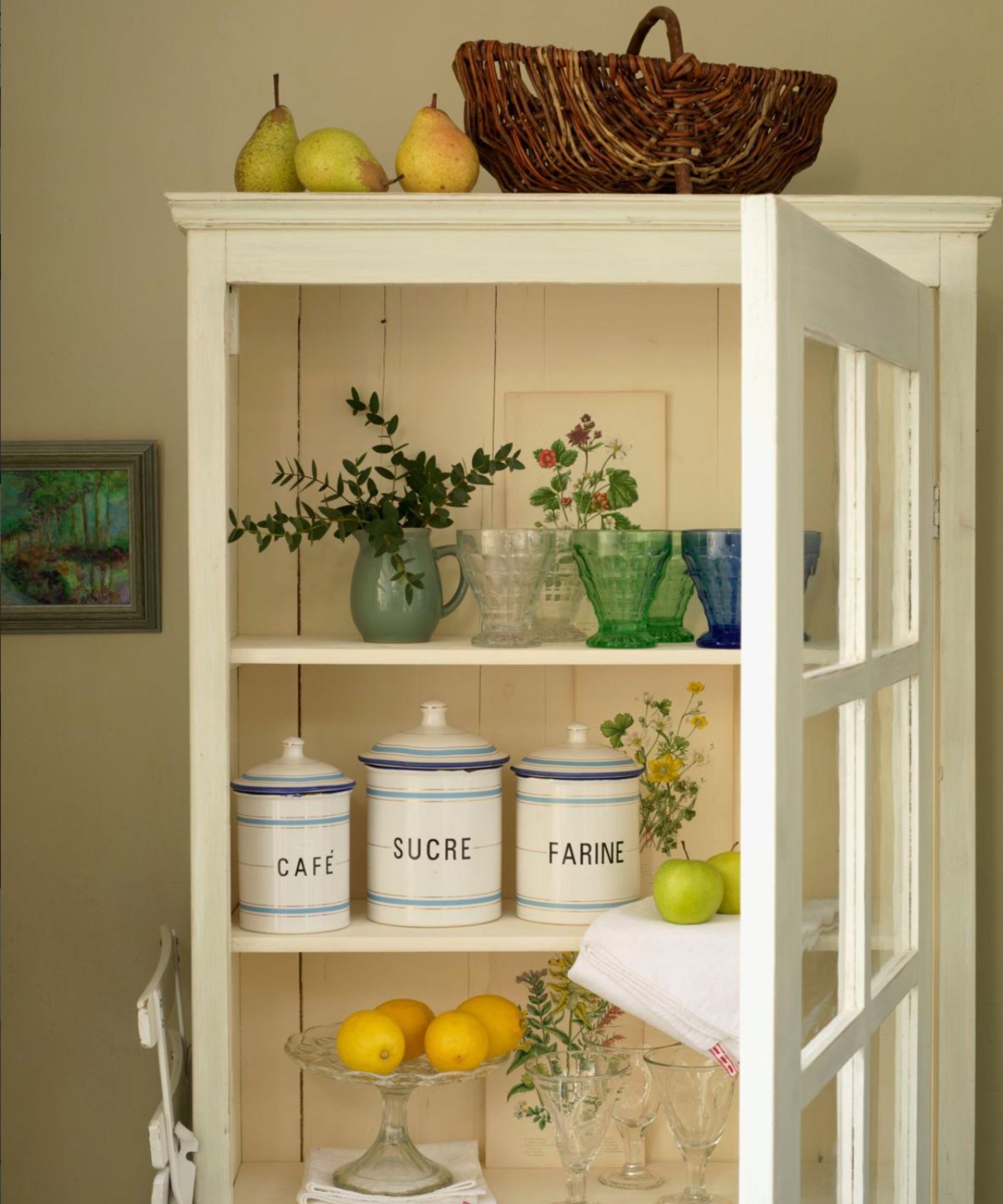
(Image credit: Symons Hatton)
Kitchen cabinet ideas need not be limited by what you can fit around your main walls, as Sally and Sarah Wilkie, founders of Home Barn (opens in new tab) point out. ‘The French dresser is the pièce de résistance of traditional kitchens and makes a wonderful alternative to open shelving. With neat shelves above and deep cupboards below. A glass-fronted piece offers the open shelf aesthetic, and will happily store large pots, pans, or cookware whilst proudly showcasing ornaments and necessities alike.’
When decorating shelves in this way, consider mixing your functional pieces (now protected from dust and grime behind glass) with some decorative items to dress up your more mundane crockery. ‘Coordinating different colors on your shelves is another simple and effortless way of making these pieces stand out and decoratively tie a room together,’ explains Peter Erlandsson, co-owner of String Furniture (opens in new tab). ‘Many forget that storage can be part of the interior design scheme and by displaying and styling our objects, we can merge function with decoration.’
2. Consider glass front cabinets
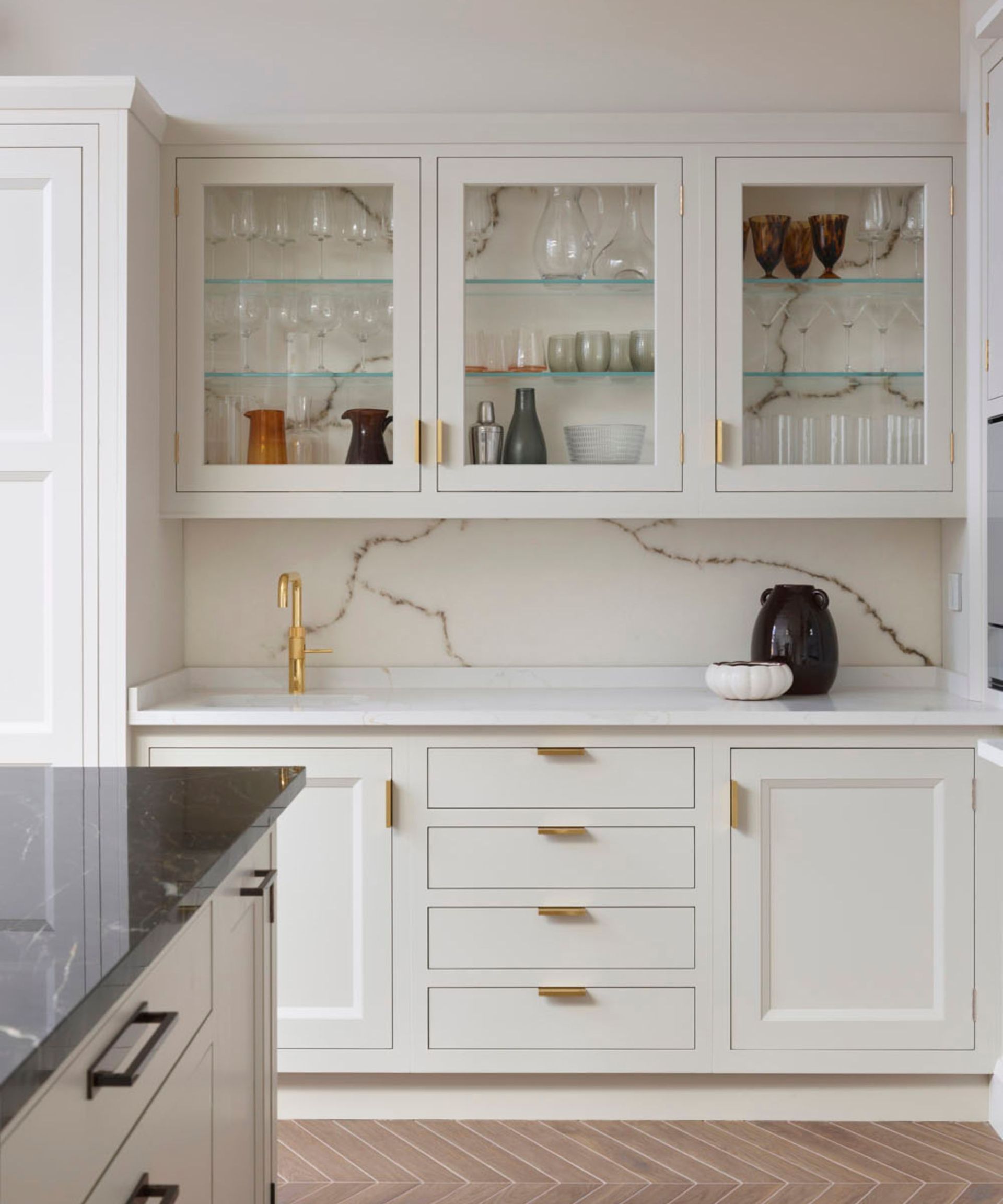
(Image credit: Martin Moore)
‘A great alternative to open shelving is the quite obvious glass front cabinets,’ Cat points out. ‘Open shelving is often added to a space in an attempt to make a kitchen look bigger as well as show off your dinnerware. For that reason, glass front cupboards make a great alternative. Consider choosing ribbed, frosted, or fluted glass if you think you may struggle to keep your cabinet contents well organized and looking pretty.’
‘Fluted/ribbed glass shelving is also becoming more popular as it adds great texture to a kitchen and interest to a kitchen space, especially when backlit,’ adds Jaye Tidbury from The Myers Touch.
3. Utilize space around your kitchen island
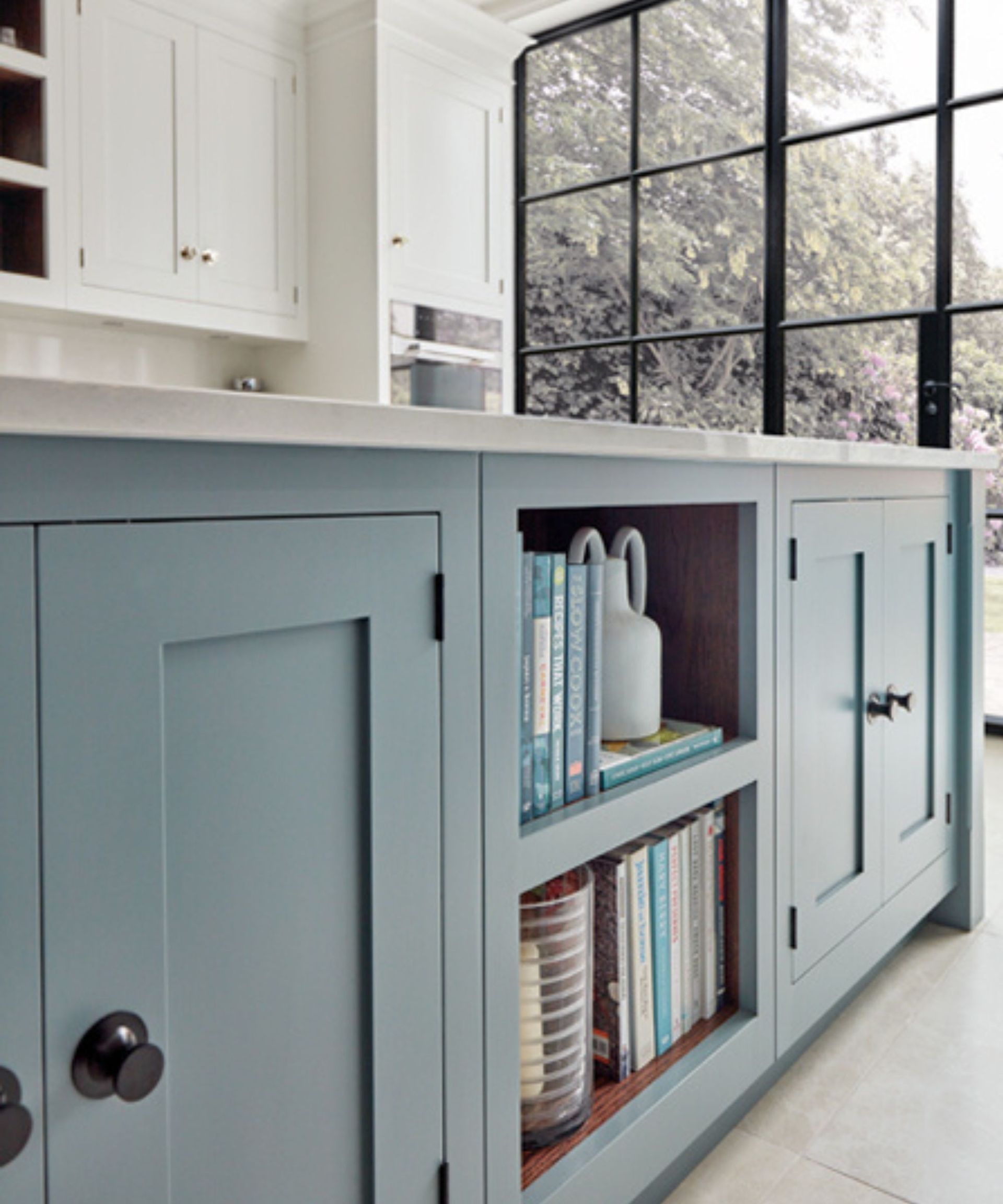
(Image credit: Tom Howley)
When designing a kitchen island consider making use of some of the dead space lost beneath its large footprint.
‘Cabinetry built into the back of the seating area can give additional kitchen storage for seldom-used items,’ suggests kitchen designer Sophie Hartley of Tom Howley (opens in new tab). ‘A glazed cabinet next to a wine fridge or cabinet on the back of the kitchen island means guests can help themselves to a drink without coming into the preparation areas of the kitchen.
‘Bespoke drawers with cutlery dividers make laying the table much easier. And bookshelves can be included to hold all your inspirational cookery books.’
Why do people have open shelves?
Open shelves are a great feature if you want to make a room such as a kitchen feel larger without compromising on storage space. They offer a great place to put some of your more stylish crockery and kitchen pieces out on display while keeping the space practical too, allowing people to make a design feature out of functional tools.
How do you keep open shelves dust free?
Unfortunately, given their open-air nature, it is virtually impossible to keep open shelves dust-free no matter where they are in the home. One of the only ways to keep the dust away is to remove everything from the shelves regularly and dust thoroughly before putting everything back on – although this is far from practical.


